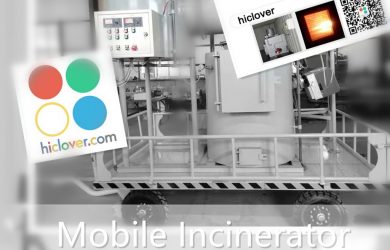What is the main advantage of incineration?
What is the main advantage of incineration? Incineration plays a vital role in making waste management easier and more efficient. Incineration can burn up to 90% of the total waste generated and sometimes even more. However, landfills only allow organic decomposition without making much difference, and non-organic waste keeps accumulating. What materials can be incinerated? A material commonly associated with waste incineration is municipal solid waste (MSW). This type of waste is typically general waste such as household waste, food waste, cardboard, and paper. All of these are safe to incinerate. What are the types of waste? There are 5 types of waste, do you know them all? Liquid Waste. Liquid waste is commonly found both in households as well as in industries. … Solid Rubbish. Solid rubbish can include a variety of items found in your household along with commercial and industrial locations. … Organic Waste. … Recyclable Rubbish. … Hazardous Waste. Which waste is highly infectious? Infectious waste: waste contaminated with blood and other bodily fluids (e.g. from discarded diagnostic samples), cultures and stocks of infectious agents from laboratory work (e.g. waste from autopsies and infected animals from laboratories), or waste from patients with infections (e.g. swabs, bandages and disposable waste management disposal pit latrine incinerators and rubbish pit electrial incnirator for hospital waste incinerators for corpse incenerators for sale inciratorमीन्स इन हिंदी waste incinerator incineration cost quantities what is incineration of waste safety waste incinerator Nanjing Clover Medical Technology Co.,Ltd. Items/Model TS10(PLC) TS20(PLC) TS30(PLC) …
















